
SUMMARY
YEAR
2021
ROLE
user researcher · information architect
CONTRIBUTION
user and market research · INFORMATION ARCHITECTURE
TOOLS
MIRO · axure rp
THE GOAL
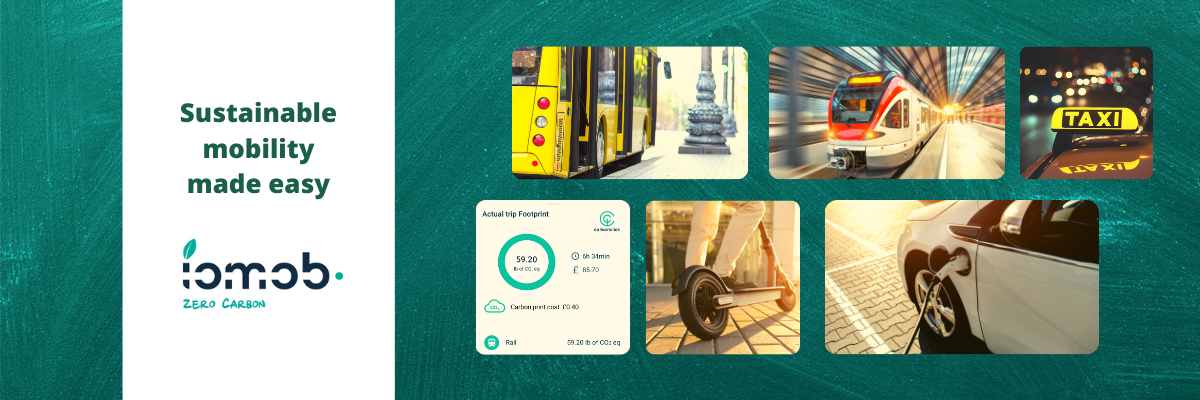
the challange
Our primary challenge was twofold: first, to understand users’ willingness to compensate for their CO2 footprint and under what conditions; and second, to gauge users’ overall environmental consciousness to help define IOMOB‘s target audience.
We needed to seamlessly integrate CO2 emission information and compensation options into the existing user journey without disrupting the core functionality of travel and map applications.
the PROCESS
To gain comprehensive insights into user behavior and industry trends, we employed a multi-faceted research approach:
- Conducted a thorough benchmark analysis of direct and non-direct competitors
- Carried out seven in-depth interviews with users from the US, Europe, and Australia
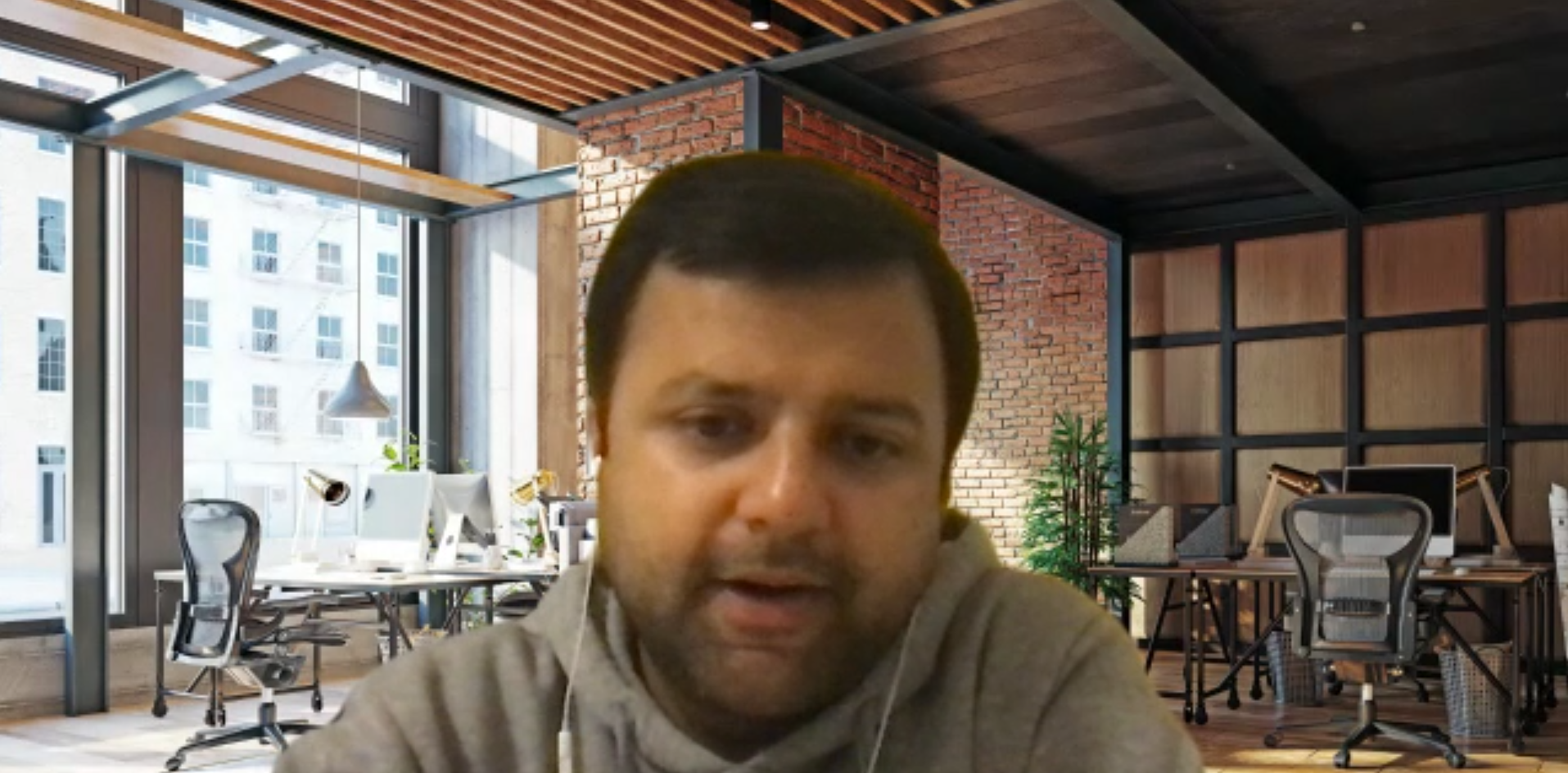

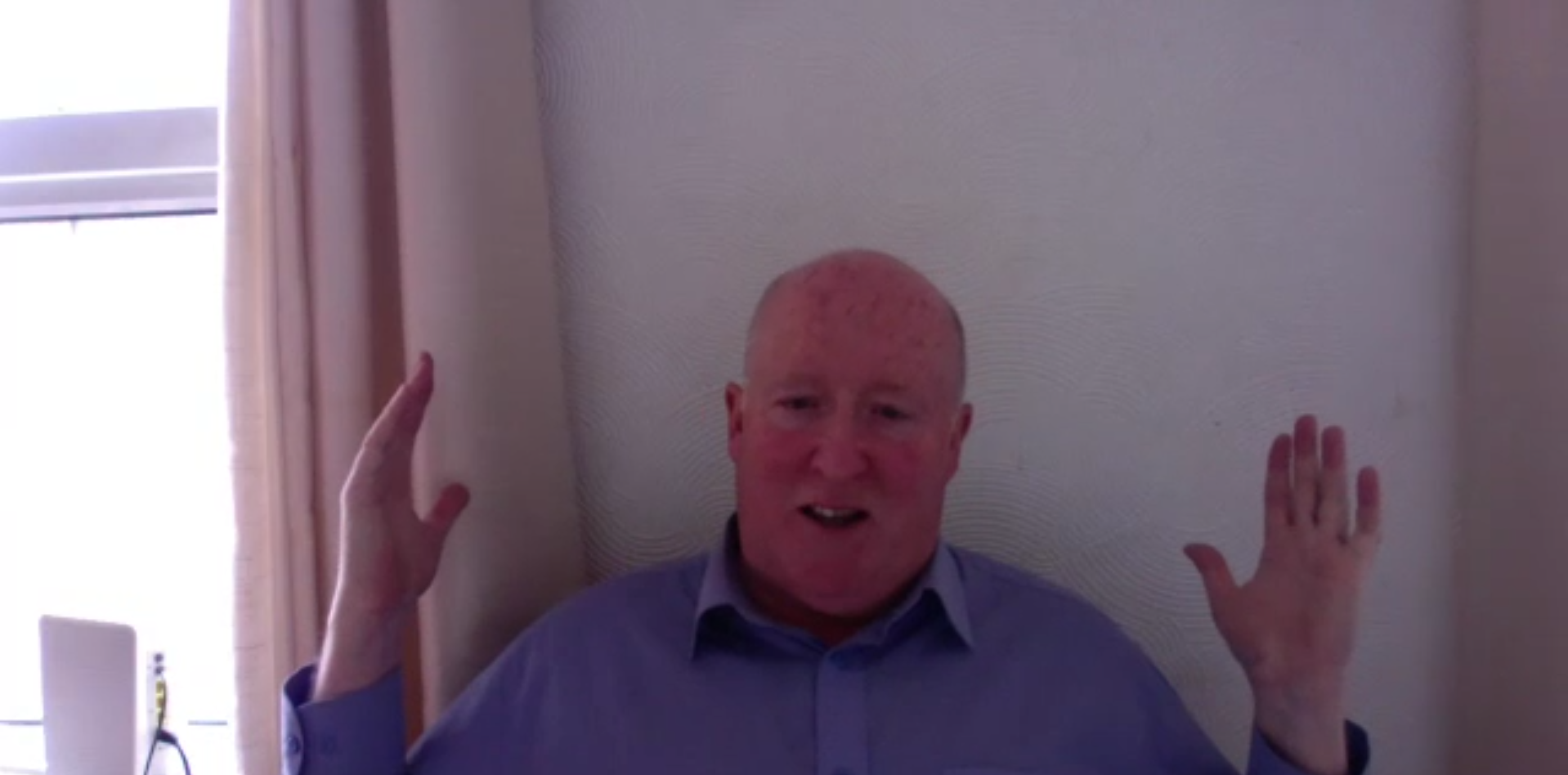

Key insights from my research revealed:
- Users were reluctant to compensate for CO2 emissions if they perceived that the travel company wasn’t also taking responsibility
- Interviewees expressed fatigue with corporate greenwashing, feeling that the burden of compensation was unfairly placed on end-users
- Users struggled to conceptualize large quantities of CO2 emissions, responding better to comparisons with everyday activities
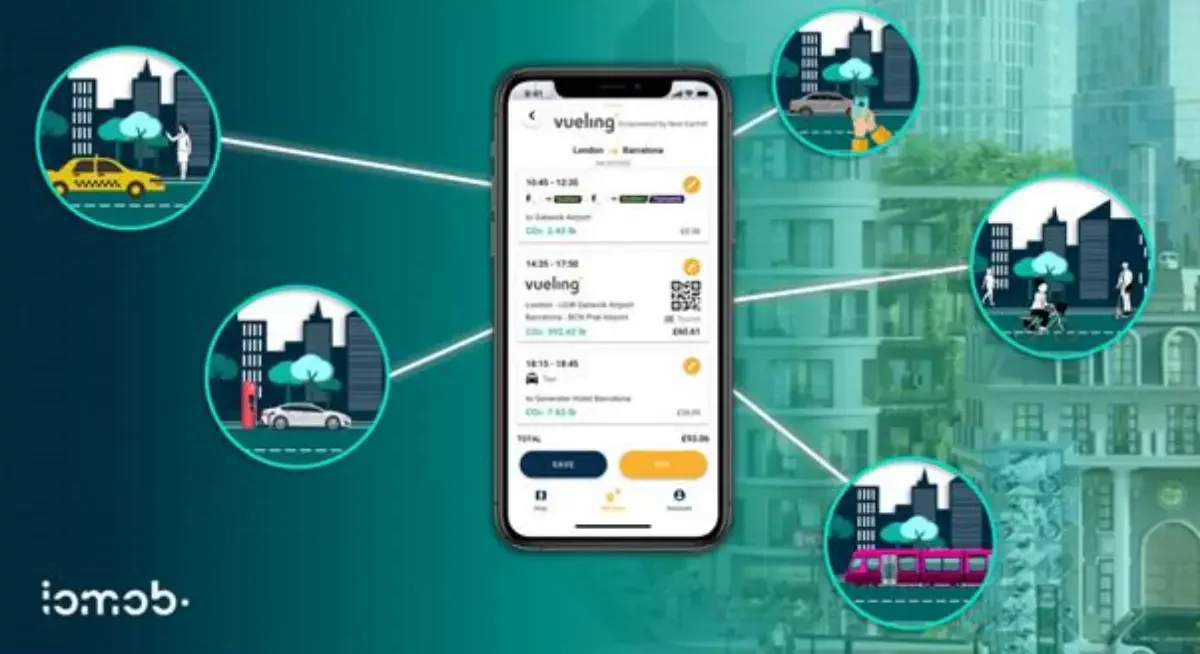
Our design process unfolded in several stages:
- Development of three detailed User Personas based on research findings
- Recreation of the entire user path for a third-party client
- Strategic placement of CO2 compensation footprint triggers and information
- Iterative refinement of the Information Architecture to optimize placement of statistics and call-to-action buttons

the outcome
The final deliverables included:
- Three comprehensive User Personas
- Transcripts of user interviews
- A detailed screen flow diagram illustrating CO2 footprint triggers and statistics placement
This suite of resources enabled IOMOB to implement a more user-centric approach to CO2 compensation, with a smoother user path and strategically placed calls-to-action.
A significant challenge we faced was balancing user sentiment with business objectives.
Our research revealed a shift in consumer attitude: while people care about the environment, they believe the primary responsibility lies with large corporations rather than individual users.
This insight suggests that future sustainability initiatives may need to focus more on systemic changes rather than individual actions.
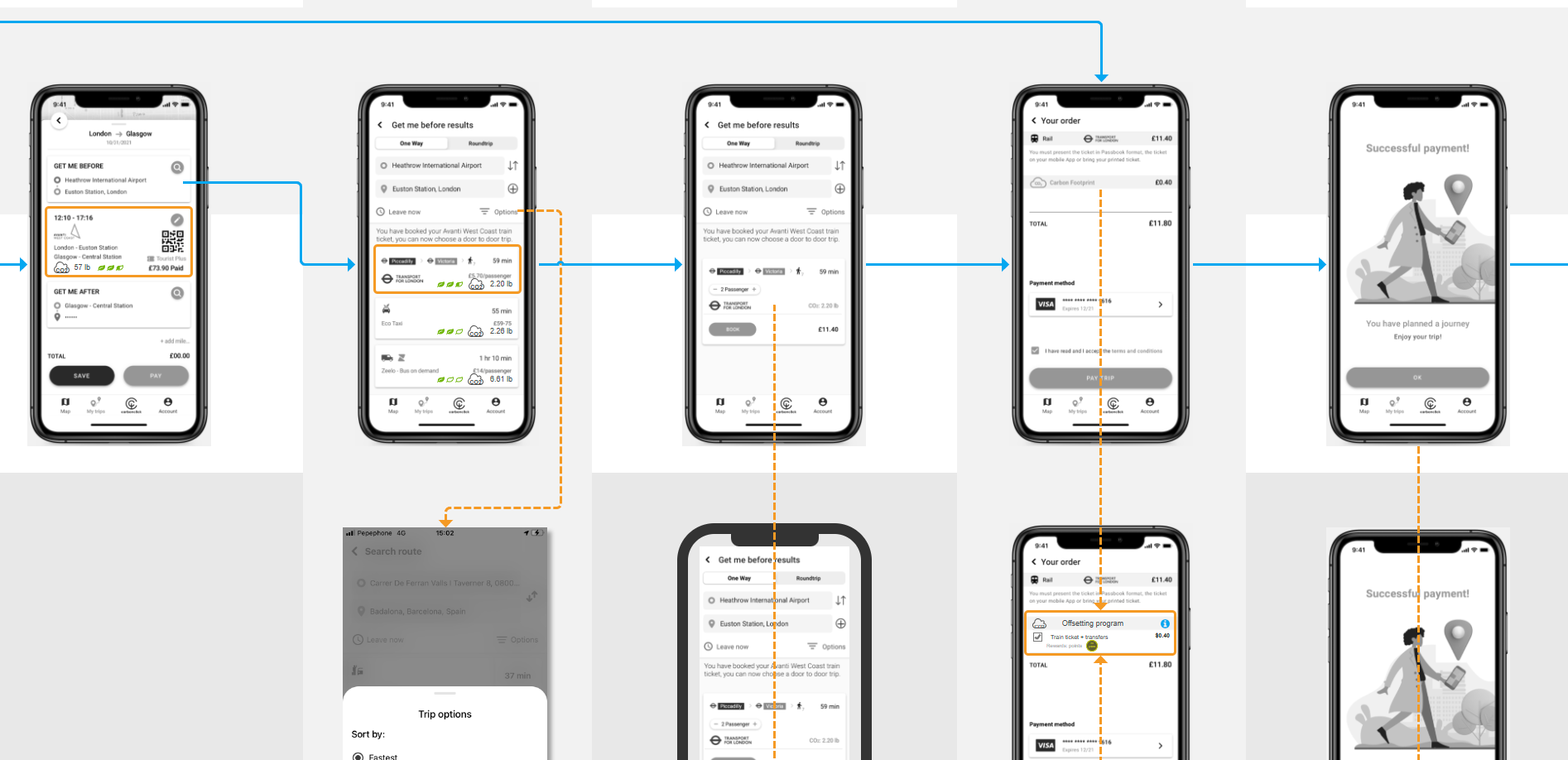
This project underscored the importance of understanding evolving consumer attitudes towards environmental responsibility.
It highlighted the need for companies to demonstrate their own commitment to sustainability before asking users to contribute.
The resulting user flow not only addressed IOMOB‘s initial requirements but also provided valuable insights for future strategy in promoting environmental consciousness in the travel industry.
